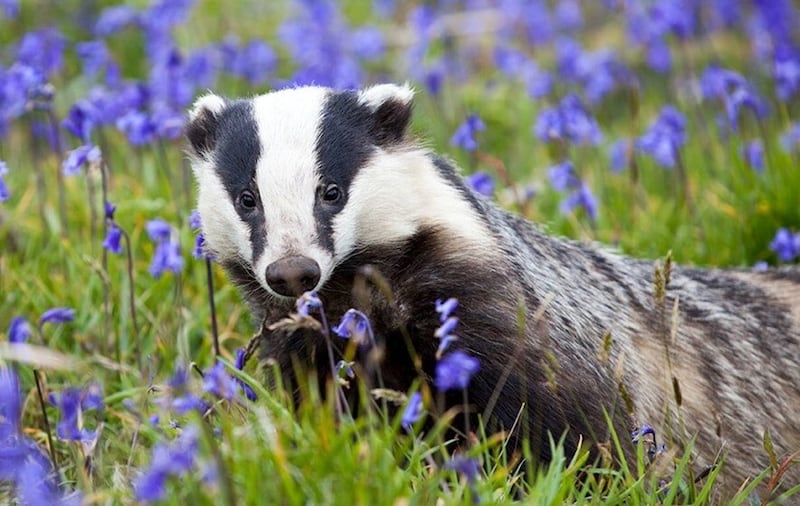Some weeks ago, I stood on Johnson Place, near St Stephen’s Green, Dublin watching two herring gulls fight and squabble over a discarded bread bap, their large frames much more imposing and menacing when viewed on the ground and at close quarters.
People in haste all around were oblivious to the birds despite their raucous behaviour. After the victor flew off with the spoils, the second bird paused briefly before also departing, with only its pride wounded.
Waiting on my partner, I decided to go into Peter’s Pub nearby where I reflected on the two fighting birds. Their aggressive rift for individual benefit contrasted greatly with people enjoying good company and drinks in the warm, comfortable bar, where in the absence of TV distraction, collective muted human conversation pervaded the space.
Later that evening, with two good friends, we attended a Christy Moore concert in the intimate venue of Vicar Street where the folk singer entertained us with old favourites such as Nancy Spain and Well Below the Valley among others. Here too, common social interaction, communication and friendly engagement were all evident, contributing to a shared feeling of wellbeing and joy.
The events of the day got me thinking of the importance of gathering and maintaining connections. The 1965 Simon and Garfunkel song I Am a Rock explores themes of emotional detachment and self-imposed isolation. The inherent dangers are apparent in the narrator’s words: “I’ve built walls / A fortress, steep and mighty / That none may penetrate / I have no need of friendship / Friendship causes pain.”
The notion of company and collegiality is very evident in the natural world with many species choosing to live and interact in groups. Previously here I referenced ‘murmuring’ starlings, and roosting pied wagtails, gathering and remaining together for protection and safety.
Other species also live collectively and will work to benefit the individual as well as the group. Corvids are known for their famous ‘parliament’ gatherings, which exist in strong community groups helping each other through play and territorial activities.
Badgers live in complex social groups within extensive networks of underground chambers and tunnels. Social grooming is a common occurrence amongst these mammals, as is group play especially among juveniles around the sett entrance. They engage in scent-marking with each other, ensuring families share a common odour while bedding collection of fresh grass for their living quarters is shared.
These activities emphasise the capacity and desire among animals to connect with and help fellow individuals in the group.

Ants too are social insects living in colonies, working together to gather food and care for their young, behaving in coordinated, supportive ways. We know wolves in the wild live in packs where they form emotional bonds with family members, and hunt collaboratively. They maintain family cohesion, raising and feeding young together, caring for their sick and injured and sharing knowledge across groups. The wolf pack comprises a diverse mix of parents, siblings and extended family members which like us rely on and benefit from each other.
About 10 days ago we moved into February, a time when our ancestors collectively celebrated the Festival of Imbolc, and entry into spring, a time of awakening and promise of new life for the earth. Fires were lit and much merriment followed among families and tribes. Timely, that at the beginning of the month, our own family members and friends collectively enjoyed the joyous occasion of my nephew and his bride’s wedding day.
As with many other animal species which share this earth, it’s better to be together than apart. Comhghairdeas arís, Niall and Michelle.








